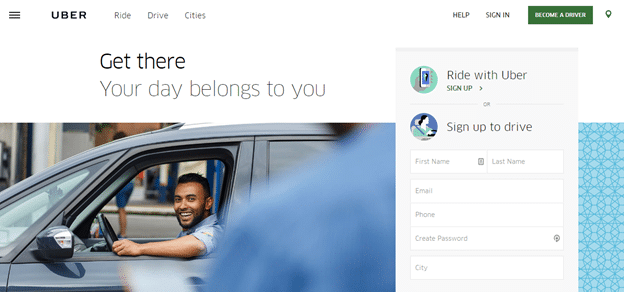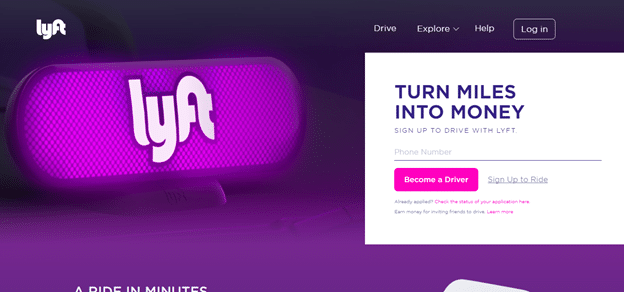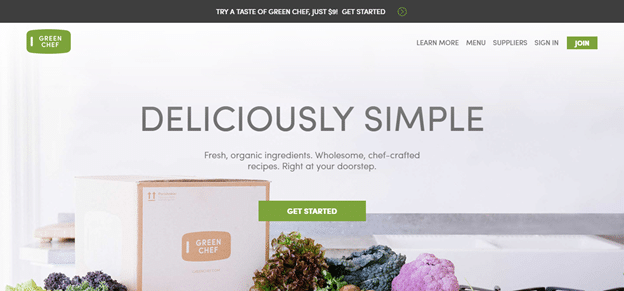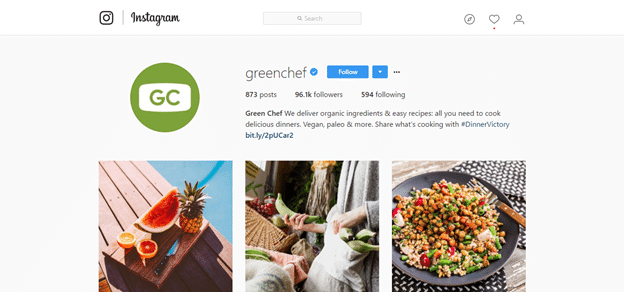Connecting with your audience – Content and necessities on the way to creating the ultimate customer experience
Developing the ultimate customer experience requires a substantial amount of preparation and solid knowledge about your customers and the functioning of the needed media. Connecting with an audience is the foundation of every company and in this article, we intend to bring the notion a little bit closer to you.
The relationship between audience and keywords
The bond between audience and keywords can make or break an idea, a product or a company. With this, we mean more than just keywords as in a search engine optimization. We want to know:
- What words do your customers associate with your products?
- What words do you want your customers to associate with your products and the mention of your name?
By monitoring the activity of customers and the frequency of their posts, you can get a direct correlation between the mentions of the brand and your audiences usage of different words and hashtags.
Brand Personas
When having a new product, don’t think of the products characteristics. Instead, think of the people who would benefit the most from your services.
Ideally, you would do this by compiling a brand persona to identify your ideal customer. To do this you should complete an assessment of the customer to help you understand the whole market better, along with the customer body and the performance of the brand.
The assessment can be resolved using these simple criteria:
- Who are my customer exactly? –
- What problems do I solve for my customers?
- Are my customers part of a specific demographic? Are they entrepreneurs, baby boomers, college students, etc?
- How do customers I aim at spend time online?
If you have additional questions about setting up brand personas, contact us today for assistance.
Segmentation of the audience
Uber is an excellent example of segmentation in practice. As they provide both riding and driving services, the two segments use contrasting approaches to connect with their audience.
- When signing up to be driven, you are directed to a page with a minimalistic design and basic colors with strong contrasts. Simplicity equals speed, and speed is what the audience is looking for. Aside from the visual simplicity, a laconic writing style is present. These two form a synthesis of briefness, speed, and efficiency. All the crucial elements that a transport company wants to boast.
- Conversely, the driving service section, the images are more prevalent, and text is also in abundance. There are also longer paragraphs concerning simplicity, freedom of driving and availability. A good opportunity to make money, the absence of a classic boss and flexible work hours – just the arguments needed to persuade someone to become an Uber driver.

The method is simple but incredibly efficient.
Riding services are equipped with a simple and modern looking website – aimed at young, digitally educated people who value minimalism, speed, and efficiency. A no-nonsense approach.
However, Uber driving services boast a classically-looking website aimed at older, middle-aged people who prefer warmth, clear explanation, and a steady way to make money.
One company, two different approach. This is audience segmentation in its purest form.
Unity and warmth in connecting with audience
Another successful driving service company is Lyft. Although they do implement audience segmentation, we would like to focus on another segment of their very efficient way of connecting with their customers.

Lyft also functions on the “be your own boss” principle, but they’ve made headlines with groundbreaking strategy: they provide their drivers with flashing neon signs of the Lyft logo to put on their cars dashboard.
This move is an important one because it implements the addition of warmth and unity into the modus operandi of the company. By displaying the sign, the driver becomes a part of a group, a union of people in the same profession.
Drivers don’t see themselves as lone wolves and freelancers. Being part of a team makes them more motivated and it raises the legitimacy of Lyft in their eyes.
Customers also visualize the legitimacy of the company and have a visual connection to the word and the slogan (we’ll cover this part next).
Connecting with the audience using visuals and words at the same time
A company that employs the verbal-visual connection flawlessly is Green Chef, a food delivery service that specializes in healthy food solution.

Look at their website and Instagram profile to identify the correlation between images and text.
For example, the website visualizes every dish as part of a larger presentation. The only words present are the log in button, the food prices and names. 95% of the page surface is focused on images containing bright colors and simple compositions.
Their Instagram works the same way – hashtags are the only accompanying text to their image posts.

The audience makes a mental connection between the captivating images and the short, clever hashtags. It translates to a no-nonsense performance of the company, focusing on performance and not on words – which seems to be working, very well.
You can also see the implementation of audience segmentation in their example, too. Vegan, vegetarian and bodybuilding food sections all have similar looks, but with key differing details. Every group has a different color setup that suits to the audience aimed at – single moms, strongmen, long distance runners, men, women, etc.
Final Thoughts
By adding the elements of keyword insight, audience segmentation and verbal-visual connection to your brand, you connect with your audience. This way you can be a part of their journey.
If you need more help identifying the best ways to connect with your audience, then we would like to invite you to contact us for a complimentary session with one of our experts here at Shout. We can help connect with your audience. Just give us a Shout!

